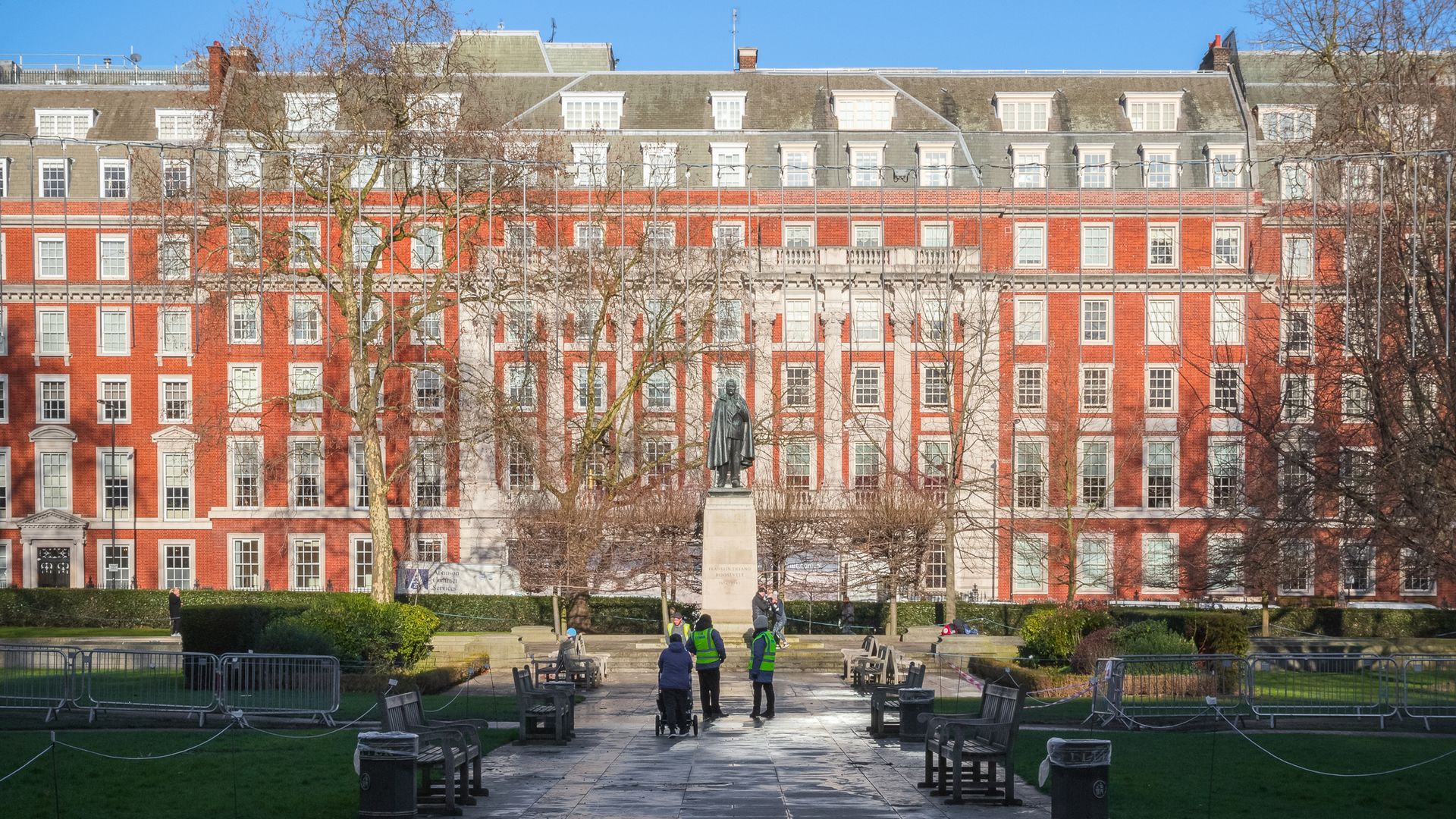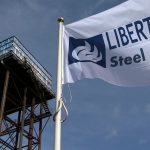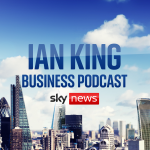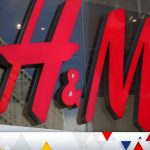While the Grosvenor family is automatically linked in many people’s eyes to properties in west London’s upmarket Mayfair and Belgravia districts, such assets are only part of the wider Grosvenor Group, the company that manages the Duke of Westminster’s wealth.
The duke, Hugh Grosvenor, who is to marry Olivia Henson today, inherited his title and control of the historic Grosvenor Estate aged 25 following the death of his father from a heart attack in 2016.
The business now encompasses a range of assets and activities, including property in the UK and overseas, investments in food producers and agricultural technology companies and three large rural estates in northern England and the Scottish Highlands.
The group also controls the Westminster Foundation, one of the UK’s leading philanthropic organisations, which helps organisations working with vulnerable children and young people. The foundation, whose trustees are chaired by the duke, gave grants of more than £6.7m in 2022 alone.
The family had for centuries invested in a diverse range of assets, including coal, stone and lead mines in Wales, when in 1677 it acquired – by marriage – a parcel of meadow, pasture and marsh lands to the west of the City.
It developed this land from the 1720s onwards and it is now among the world’s most valuable property estates.
This became the main source of the family’s wealth until a major change of strategy in 1952.
This saw the Grosvenor Group sell most of its assets in Pimlico, partly to raise money to cover expected death duties for the passing of the second Duke of Westminster, with what was left over used to take the business into international investments for the first time – building Canada’s first industrial park. Further diversification into Australia, the Asia Pacific region and continental Europe followed over subsequent decades.
Having learned from its experience in Canada, Grosvenor was also a property pioneer, building one of the UK’s first covered shopping centres in Chester in 1965.
It went on to build 16 town centre shopping developments in the UK, the biggest and best-known of which is the 42-acre retail and entertainment destination Liverpool ONE, completed in 2008 in one of the country’s biggest urban regeneration projects.
That development was typical of the patient way in which the Grosvenor Group is renowned for investing. Most British commercial property companies tend to focus on the UK only and avoid international investments are structured as so-called REITs (real estate investment trusts) which must distribute 90% of their property income profits each year to shareholders.
They also tend to focus on a certain type of property asset. For example, the FTSE-100 company Segro specialises in industrial warehouses, while the FTSE-250 company Grainger is a residential landlord.
Grosvenor, by contrast, is more diversified and is also content to compromise on distributions to its owners if the money can be put to better use elsewhere.
Liverpool ONE, completed during the height of the global financial crisis at a time when other commercial property companies were reining in their investment activities, is a good example of that.
Be the first to get Breaking News
Install the Sky News app for free
Cost over-runs led Grosvenor to make £190m worth of provisions for the £1bn project – but no one seriously now argues it was not worth pressing ahead with. That long-term approach has similarly seen Grosvenor build war-chests in more recent downturns in the commercial property market.
That patient approach is underpinned by the way Grosvenor is structured. The business is owned by a series of UK resident (in other words, onshore) trusts set up by the family in the 1950s to shield itself from the risk of expensive divorces or reckless spending by wayward members of the family.
The arrangement means that, although the Duke and his family are the ultimate owners of Grosvenor, he is not able, for example, to sell assets if he felt the need to raise cash. Major transactions such as asset disposals have to be agreed by the trustees.
Contrary to what is often suggested, the family are all UK-registered for tax and pay UK taxes, while the trusts are liable for income tax and capital gains tax.
They are also liable for inheritance tax levied by the UK government, although, as is common with UK trusts of this type, the majority of the trusts pay a recurring payment to HM Revenue & Customs of 6% of the value of their assets every 10 years, rather than a payment of 40% inheritance tax upon death of beneficiaries.
For a private company, Grosvenor is unusually open about its activities, publishing annual reports and financial statements in the way a listed company would.
Its latest results for 2023 revealed a £400m drop in the value of the group’s portfolio to £8.6bn. That portfolio is split roughly 50/50 between UK and international assets. A pre-tax loss of £28.6m for the year compared with a profit of £110.4m in 2022.






















